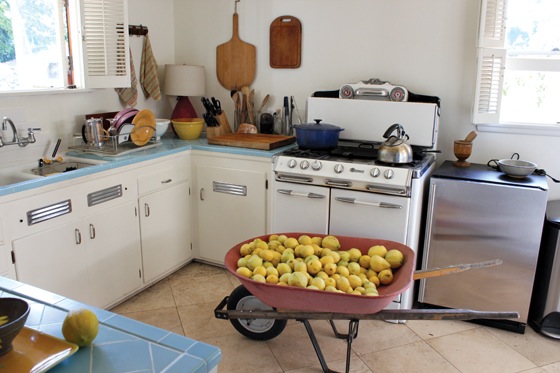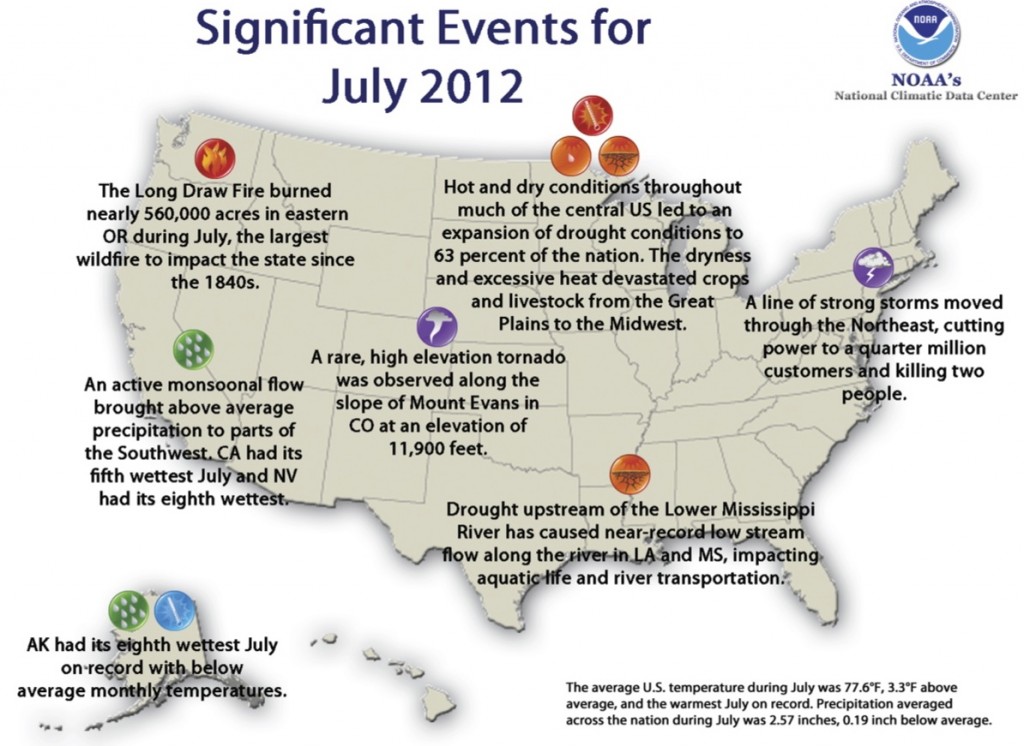A lens into paradise
Posted on | August 24, 2012 | 2 Comments
 If you live in greater Los Angeles, chances are good that you’ve heard of Tim Dundon. The deputy of a Los Angeles County supervisor once compared Dundon’s pile of compost in the unincorporated foothill city of Altadena to the mosaics of Simon Rodia in Watts. “Watts has Watts Towers. Altadena has the pile,” Kathryn Barger told the Los Angeles Times.
If you live in greater Los Angeles, chances are good that you’ve heard of Tim Dundon. The deputy of a Los Angeles County supervisor once compared Dundon’s pile of compost in the unincorporated foothill city of Altadena to the mosaics of Simon Rodia in Watts. “Watts has Watts Towers. Altadena has the pile,” Kathryn Barger told the Los Angeles Times.
Eleven years later, most of the pile is gone and Dundon is in deep trouble over what is growing on the remains. Labor Day weekend a star line up of Los Angeles County artists will be leading a community workshop to bail him out. Click here to keep reading
Old soldier driven to drink
Posted on | August 23, 2012 | 4 Comments
 There’s a wheelbarrow in the kitchen. How it got there doesn’t bear thinking about. The moment for thought is long gone. With every bang of my shin on the barrow, it dawns on me that this is only the first load of many of oranges, lemons and tangerines that needs picking, trimming, washing, drying, sizing and packing in the 18 hours before I debut at the Altadena Farmers Market.
There’s a wheelbarrow in the kitchen. How it got there doesn’t bear thinking about. The moment for thought is long gone. With every bang of my shin on the barrow, it dawns on me that this is only the first load of many of oranges, lemons and tangerines that needs picking, trimming, washing, drying, sizing and packing in the 18 hours before I debut at the Altadena Farmers Market.

The good news is that my hands no longer hurt. The bad news? They have no sensation whatsoever.
Folly this painful generally starts with an oversight.
Click here to keep reading in the LA Weekly about how hard it can be to check waste in a Southern California dream garden. As to why checking waste is a goal, do read the Natural Resources Defense Council report estimating that 40% of the food we grow is thrown away. In California, that means massive amounts of water and energy are squandered. *This post has been updated to add the NRDC link.
Tunneling under Bay Delta water wars
Posted on | August 20, 2012 | No Comments

Map source: California Natural Resources Agency. Most of the roughly 5 million acre feet of water exported from the Sacramento-San Joaquin Delta every year comes through two pumping plants in the South Delta. The force of those pumps trap migrating fish. Biologists at the National Marine Fisheries Service hope that new pumps in the north Delta would allow for adaptive pumping as salmon and steelhead migrate through the estuary. Opponents worry about what new pumps tapping a key fresh water tributary north of the Delta would do to the salinity of the estuary. To read the Bay Delta Conservation Plan now under review, click on the map.
On July 25, California Gov. Jerry Brown announced to an expectant press corps that the state plans to construct a pair of multibillion-dollar tunnels under the Sacramento-San Joaquin Bay Delta in order to modernize and possibly expand the export of Northern California’s water, mostly south to farms and cities. After decades of rancor over what was once envisioned as the “peripheral canal,” there had been enough studies. There had been enough policy groups. Above all, there had been enough fighting. “I want to get shit done,” said Brown.
Central and Southern California water contractors have long supported the plan, and initially some critics saw the governor’s announcement as yet another blow to the Delta’s fisheries — already devastated by a combination of pumping, drought and chronic mismanagement. Yet alongside Brown stood an administrator from the National Marine Fisheries Service, which has been fighting tooth-and-nail in federal court to protect the Delta’s fish from water exporters. This was no shotgun wedding, William Stelle insisted. His department and its parent agency, the National Oceanic and Atmospheric Administration, support the tunnels. In fact, he argued, properly operated new intakes — scaled down to the size that his scientists believe are safe — might actually help Delta smelt, salmon and steelhead.
Click here to keep reading this article in High Country News about why the National Marine Fisheries Service sees new scaled down pumps away from the current slaughter zone as something of a last chance for migrating salmon and steelhead along with resident smelt.
Click here for a photo essay from the editor of Aquafornia showing the Bill Jones Pumping Plant in the South Delta. The Jones pumps, operated by the US Bureau of Reclamation, serve the Central Valley Project and San Joaquin Valley farms. Nearby in the South Delta, fish must also out-swim the pull of the Harvey O Banks pumps, which are operated by California and serve the State Water Project and Southern Californian cities. For the truly interested, click here for provisional data kindly provided by the California Department of Water Resources as to what flows into the Delta and what is pumped out.
Tags: High Country News > National Marine Fisheries Service > peripheral tunnels > Sacramento-San Joaquin Bay Delta
Is Vegas shortstopping Colorado River water?
Posted on | August 11, 2012 | 3 Comments
Thud. Eight years after Congress ordered that Las Vegas be given right-of-way across federal land for a 300-mile-long pipeline from Southern Nevada to the foot of the Great Basin National Park, the final environmental impact statement has been published. A reporter at High Country News puts the length of the document at 5,000 pages. Who knew that anyone would count the pages, much less read them? Give the man a raise.
The most likely permission to be granted when the Department of Interior certifies the report in October would allow urban siphons into four of five targeted valleys, but set aside questions of right-of-way into a contested basin on the Utah border. Utahns seem in no mood to sign a water-sharing agreement that they fear could leave them downwind of a 21st century dust source like Owens Valley. Click here to keep reading
Tags: Bureau of Land Management > chance of rain > Emily Green > Southern Nevada Water Authority
“Hottest month on record for the nation”
Posted on | August 9, 2012 | No Comments
July 2012 was “3.3°F above the 20th century average, marking the hottest July and the hottest month on record for the nation,” reports the National Oceanic and Atmospheric Administration. Click here for the report or on the image to enlarge it.
Tags: chance of rain > climate change > Emily Green > NOAA




